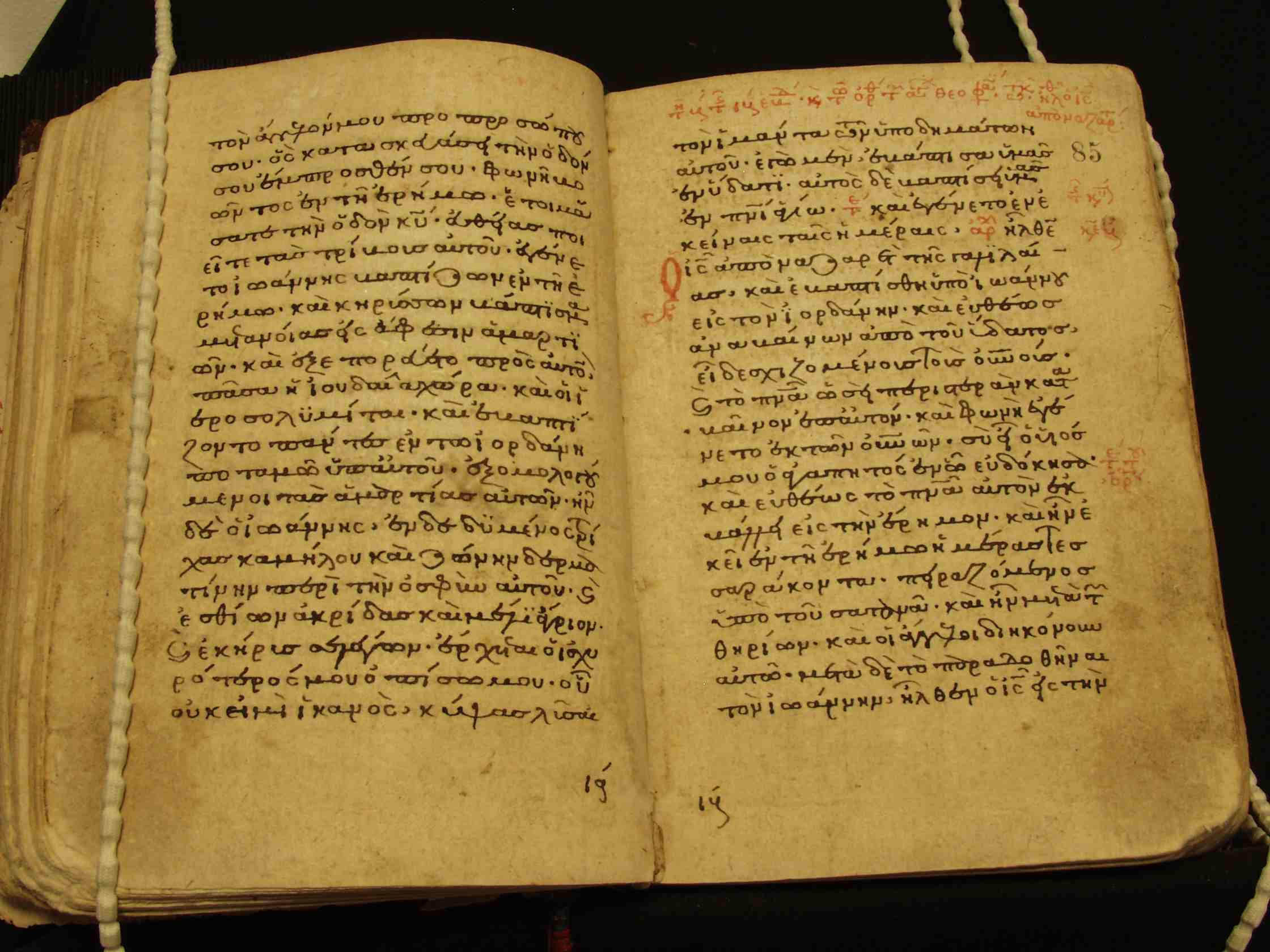 Opinions on Bible translations are as common as opinions on french fries -- and as varied. Ask around: "Who has the best french fries?" You'll end up with a solid confirmation of the maxim De gustibus non est disputandum, which we commonly translate as "there's no accounting for taste."
Opinions on Bible translations are as common as opinions on french fries -- and as varied. Ask around: "Who has the best french fries?" You'll end up with a solid confirmation of the maxim De gustibus non est disputandum, which we commonly translate as "there's no accounting for taste."
God's word is not a matter of taste. If you don't like it, you're just wrong. But when it comes to the task of translating it into English, the matter of taste cannot be avoided. If you had a word-for-word translation of the Psalms, you'd never read it; the pain would be too great.
This blog, White Christian Family, differs from other scholars in its militant stand against the cuckery of today's apostate Christianity. My goal here is to save you time while steering you aright.
- Accuracy.
What is accuracy? If the Hebrew says "You are a son of death," do you want those words in front of you while you're trying to read the story? Or would you prefer to see "You will surely die"? The latter is accurate, the former is nonsense to an English speaker. An accurate translation, therefore, cannot stick to a word-for-word approach.
On the other hand, a translation mustn't be used to promote the translator's opinion of what God would have said, had He just understood the current year's situation.
- Objectivity.
To be objective rather than subjective means that you are more concerned with the thing you're observing (the object) than with yourself (the subject who is doing the observing). A Bible translation needs to avoid novelty and grandstanding. I'll admit that I find collections of Dilbert cartoons more interesting than the Bible, but if a translator tries to make the Bible as much fun as a Dilbert cartoon, he's serving the reader rather than the God who wrote the Bible. Therefore, a "new and fresh" translation that promises to let you see the Bible as never before probably means that God never saw it that way, either.
- Readability.
Some English Bibles just don't "flow." Others are as smooth as butter. What makes one writer easier to read than another is a big topic, too big for a blog post and too elusive for a theologian to speculate on, but readability comes with a warning: if the translator makes it too simple, he had to modify the Bible to make it that simple. You can easily read "And the Word was made flesh and dwelt among us," but you might get a bigger kick out of "The Word became flesh and blood, and moved into the neighborhood." The bigger kick, though, comes from removing part of the Bible and putting in its place something that the translator thought would be more appealing.
- Tradition.
The King James Version (and its sources, beginning with William Tyndale), despite its "thee" pronouns and "-eth" verbs still deserves first place in the world of the dissident right. It was the Bible of the English-speaking Christians for 400 years and it dominates the books, commentaries, sermons, and hymns across those centuries. The cucks of today (and the outright antichristians) must cut the church loose from its forebears in order to replace the old Christianity with modern cuckstianity. Nobody has ever claimed that our ancestors were flawless. What we do claim, though, is that they had their heads screwed on straight. They called a fig a fig and a spade a spade, and their Christianity shaped the modern world more than that of any other people group (although the Germans would run a respectable second). We need to stay connected to that tradition
With these things in mind, I will close with a paragraph from my blog post of six years ago:
There are countless translations of the Bible into English. For beauty and tradition, read the King James Version. For easier reading, choose the New King James Version or the English Standard Version. For a very easy version, but still quite reliable, get the New Living Translation. I make all of these recommendations as a PhD who reads Greek and Hebrew. There are other worthy translations, but these are enough.